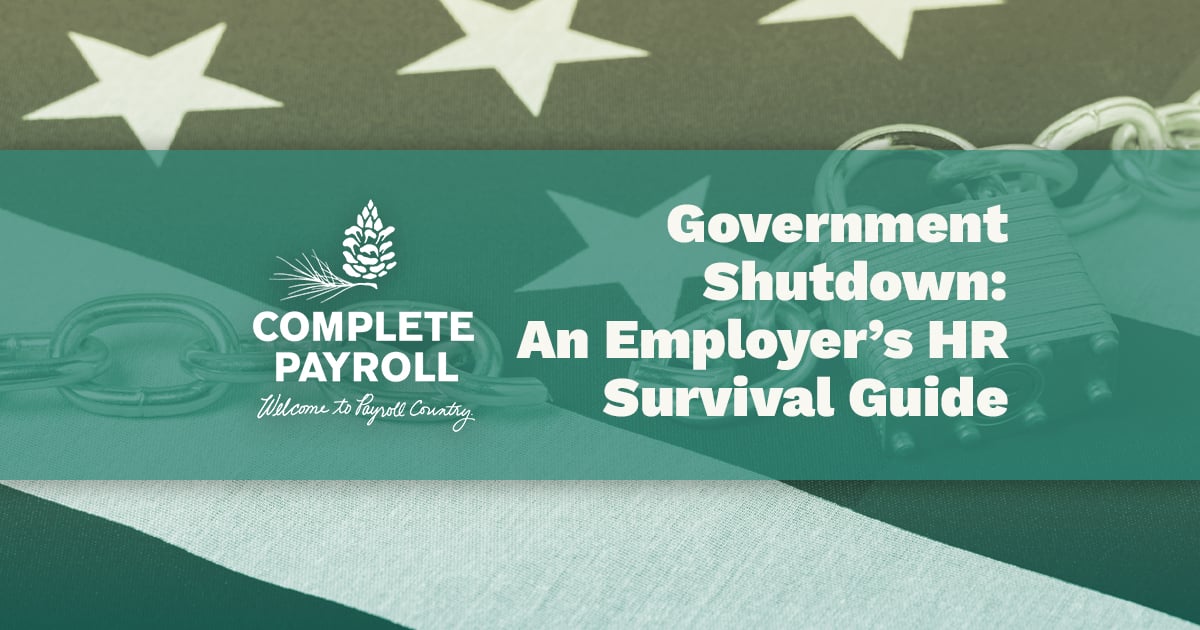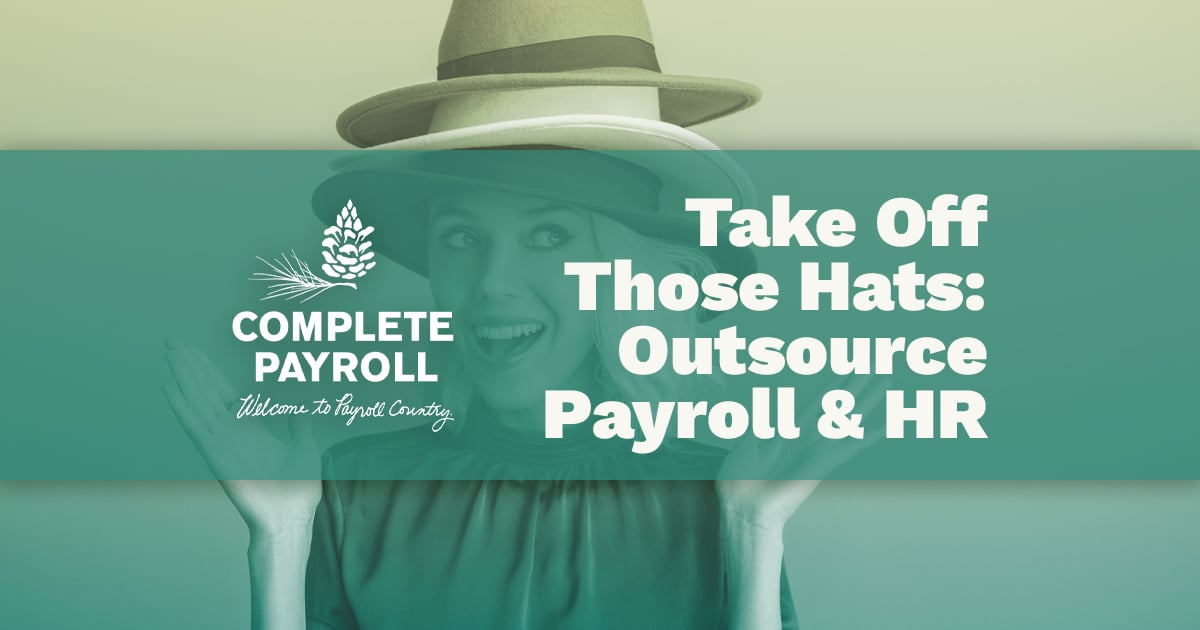Also, check out our resource page on the Affordable Care Act - a comprehensive guide for employers to best understand the law and how it impacts their employees and their business.
The ACA and Workplace Wellness Programs: What You Should Know

Written by Complete Payroll
.webp?width=600&height=400&name=The%20ACA%20and%20Workplace%20Wellness%20Programs_%20What%20You%20Should%20Know%20-%20Complete%20Payroll_11zon%20(1).webp)

More than 45% of Americans have at least one chronic health condition, and 60% face the health concerns of being overweight or obese. This means your employees need help with their health care, and you’re in a position to provide that support.
The Affordable Care Act (ACA) has placed importance on workplace wellness programs as a route to improving the health of U.S. citizens. As a result, employers must educate themselves about wellness programs and how they relate to the rules of the ACA.
Here are the most important things for you to know.
Employees like them.
Workplace wellness programs are intended to help your employees improve lifestyle factors that contribute to better health. The programs’ effectiveness depends on many factors, including participation levels and the quality of the program, but employees generally have a positive view of workplace wellness efforts.
A wellness program is attractive to new hires and makes your employees feel that you are trying to do something helpful. Although they may quibble about the details of the program, they’ll likely appreciate that you offer it at all - especially as health care costs continue to rise in the U.S.
Their effects aren’t dramatic.
If you’re hoping to put a wellness program in place and see your health care costs plummet, think again. Research shows mixed results on this front.
A 2010 study found that workplace wellness programs caused a slight decline in long-term costs for U.S. companies. However, a new study is more discouraging. It found that the medical care costs of wellness program participants were almost identical to those of non-participants.
However, all the research agrees on this point: You won’t see the benefits within the first year. Wellness programs are a longer-term investment, with the hope that your workforce will have better health over the course of many years to come.
They don’t reduce sick days.
Many employers have been surprised to discover that workplace wellness programs don’t directly reduce sick time for their employees. Even with wellness efforts in place, employees tend to use the same number of sick days.
In fact, some companies see employees use more sick days after the wellness programs start, for things like doctor’s visits and therapy appointments. Wellness programs also encourage sick employees to stay home, preventing company-wide infection, which is a good thing overall - but in the short term it leads to more sick days used, not fewer.
Money isn’t the biggest motivator.
It seems that monetary incentives would motivate your employees to improve their health, right? Unfortunately, this isn’t completely the case.
When you offer your employees a small amount of money to join the wellness program, somewhere between $25 and $100, they’re very likely to at least attend the initial screening. However, there’s also a huge risk they’ll avoid following through with the rest of the program, even if you offer them more money.
Research shows that giving amounts beyond $100, and making program recommendations beyond the initial screening, are routinely ignored and ineffective. Some employees just aren’t enthusiastic about joining.
Eager workplace wellness participants tend to be motivated by things beyond money, like personal values, family concerns, and individual health issues. To be effective, your program has to offer more than monetary rewards.
They can be tricky to run.
While workplace wellness programs can be great for your employees, they can be a headache for the company to administer. It’s a big task to schedule events, invite all employees, distribute materials, and ensure everyone is as fully informed as possible.
Also, it’s critical that your program must comply with Affordable Care Act (ACA) rules along the way. You may need to request the help of an ACA compliance company to ease the burden and ensure you’re not missing any steps.
Complete Payroll also offers a free list of frequently-asked questions about the ACA, which is especially helpful for small business owners. If you’re feeling the burden of the ACA and need help managing its impact on your company, connect with Complete Payroll today.

















 Get Instant Blog Notifications
Get Instant Blog Notifications


%20Need%20to%20Know%20about%20the%20New%20I-9.jpg)